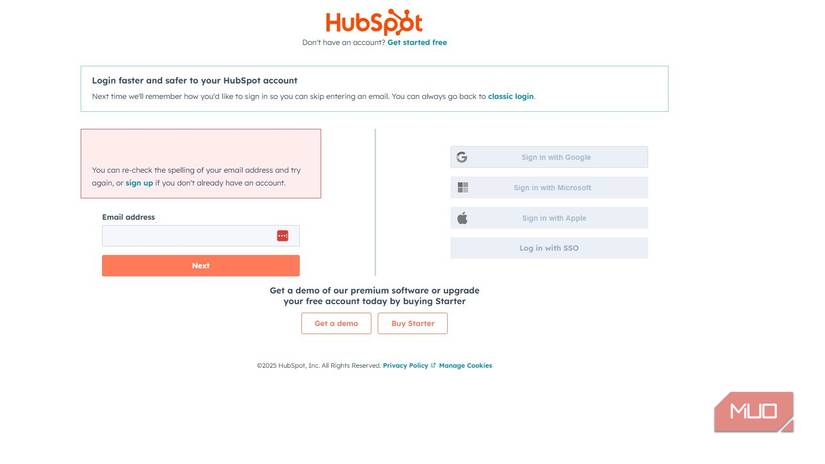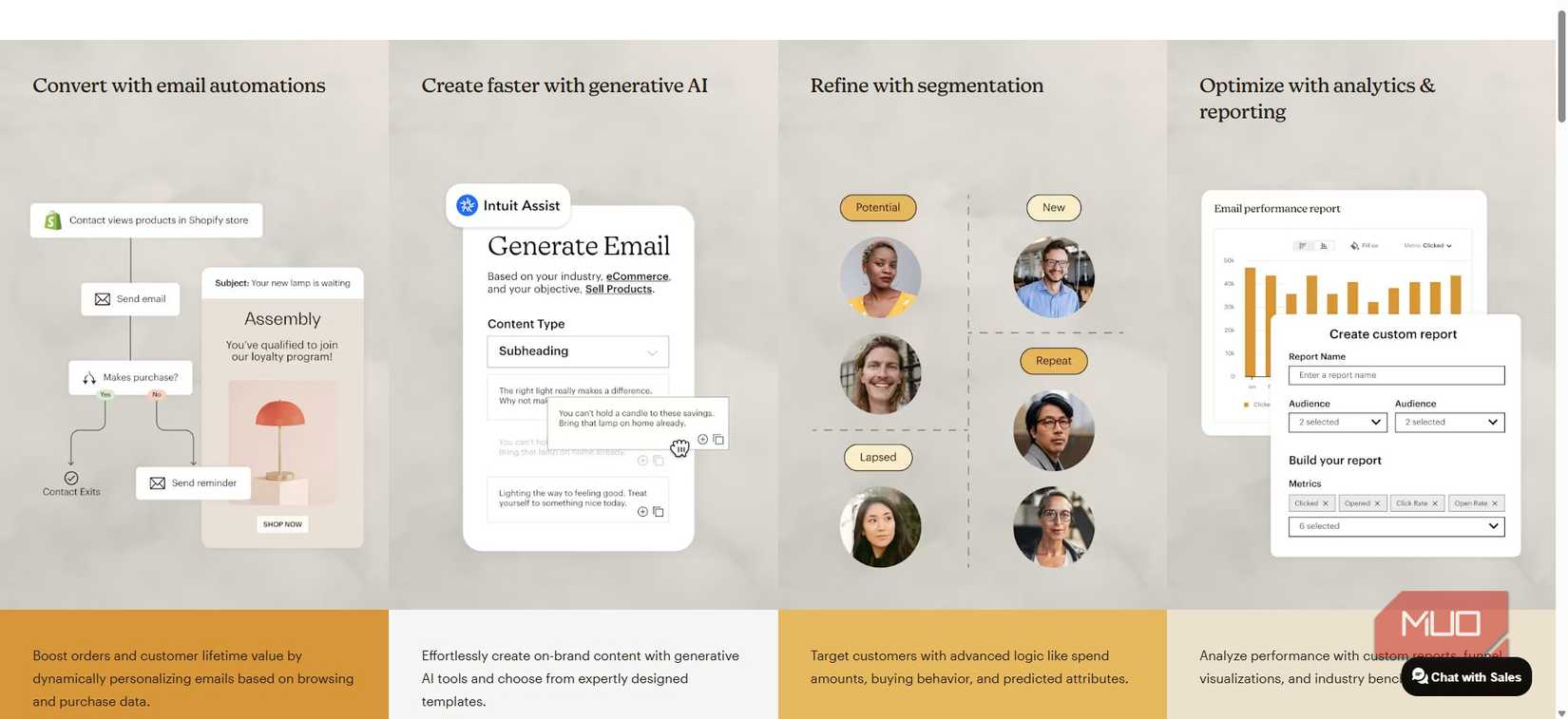Every time you open an email, someone may be watching, because hidden within it could lie a tracking pixel—one of the most potent marketing tools today. When you open an email, it quietly pings the sender, and this ping can carry specific data points.
Tracking pixels are widely used even among established marketing platforms, and they gather more information than you realize. Yes, email is one of the most universal forms of communication on the internet, but it can also be a quiet data leak. You must pay proper attention and take steps to block email tracking pixels.
What really happens when you open an email
The invisible pixels that watch, record, and report everything you do
Some emails contain a tracking pixel. This is a single 1×1 transparent image embedded solely to monitor email opens. Unlike regular images, this pixel automatically notifies the sender when the email is opened, revealing information like your IP address, device type, and the exact time you viewed the message.
Mailchimp’s documentation confirms it embeds a tiny invisible image to track opens. Each pixel embeds a unique URL for recipients, and when that URL is triggered, the sender can log engagement details on their analytics dashboard. The most common of these analytics is open rates. Marketers can use this data to know how effective a campaign was or when a follow-up is needed.
This practice doesn’t inherently have any malicious intent. For the most part, it’s standard email analytics based on well-established internet protocols. However, the problem is that it easily crosses into privacy concerns because it’s invisible and happens without explicit, active user consent. The Electronic Frontier Foundation notes that opening an email can generate tiny web requests that report back to a server. Even your most trusted newsletters may be using this tactic to see who’s actually paying attention.
Tracking pixels are similar to cookies, but unlike cookies, they load directly with email images and don’t rely on browser settings to be blocked.
How tracking pixels quietly harvest more data than you realize
From your location to the exact second you read a message
That single tracking pixel can gather data about your IP address—enough to estimate the city where you’re reading the email and even the neighborhood. It also records your screen resolution, email client, or device, and can combine these elements to build a digital fingerprint that’s unique to you.
Because the pixels are unique to you, the sender doesn’t just know the email was opened, but that it was opened by you. On established mailing platforms, the custom URLs generated for users enable the sender to identify engagement patterns, including how often and how quickly recipients read emails.
Marketing links can have embedded identifiers or may first pass through tracking servers before reaching their destination. Combined with CRM data, this information can map your behavior across campaigns. This gives a detailed profile that may include your habits and interests.
Although marketers seek insight, the practice of using tracking pixels can feel intrusive. It’s worse because, even without clicking a link within the email, the pixel has already done its job.
Why marketers still rely on tracking pixels despite privacy concerns
The invisible feedback loop driving modern email marketing
Tracking pixels are widely used because they are effective. Modern marketing is partially built on understanding whether an email is opened, when it’s opened, and by whom. Without this data, marketers would have to rely on manual surveys or guesswork to measure the effectiveness of their campaigns. In most cases, these pixels enable marketers to see audience engagement in real time.
The data from tracking pixels is also vital for personalized content. The observations guide subject lines, sending times, and follow-up messages. Advanced systems learn from this data and can quite accurately predict when a recipient is most likely to read emails, a key element for optimizing delivery to maximize engagement.
Pixels are also the backbone of A/B testing and predictive analytics. Analyzing different subject lines, designs, and responses helps marketers refine campaigns. All these signals linked to a CRM enable a business to integrate email behavior into a broader profile. This informs future marketing decisions across platforms.
How to prevent email trackers
Practical steps to reclaim your inbox privacy
The simplest way to limit the effectiveness of tracking pixels is by disabling automatic image loading in your email client. If the images do not load, the pixels do not launch. You can disable this option on most email clients. For example, follow these steps for Gmail:
- Open Gmail in your browser.
- Click the gear icon in the top-right corner and select See all settings.
- Scroll down to the Images option and select Ask before displaying external images.
- Scroll down and click Save.
A more robust protection is using certain privacy tools and extensions that block trackers. Trocker is one Chrome browser extension that I use to identify and block tracking pixels. You can also enable Mail Privacy Protection in the Apple Mail app. This setting will automatically preload email images via proxy servers, shielding your real location and device information. Follow these steps on an iPhone.
- Open the Settings app on your iPhone.
- Navigate Apps > Mail.
- Tap Privacy Protection and toggle on Protect Mail Activity.
However, my preferred solution is using a privacy-focused email service. ProtonMail or Tutanota are solid options because they block tracking pixels by default and limit metadata collection, ensuring that your email activity remains private and under your control.
Additionally, you should compartmentalize your inbox activity by using separate email addresses for newsletters and subscriptions. This way, you reduce the amount of personal data linked to your primary account and limit the reach of tracking pixels across your main inbox.
Blocking pixels may affect how emails display and may limit personalized features.
Take back control of your inbox
Even though an email is a simple communication tool, each open may feed a large data-collection network through tracking pixels. They are meant to be harmless and effective marketing tools, but they may expose habits and routines without your consent.
They are generally an accepted marketing approach, so the best you can do is ensure your email privacy is locked down. This goes beyond using privacy-focused browsers; using specific tools to prevent email privacy leaks.


